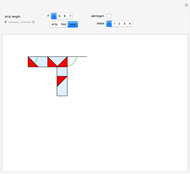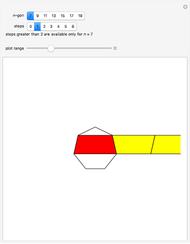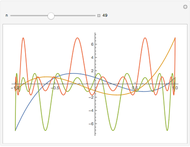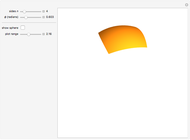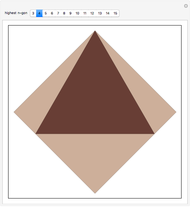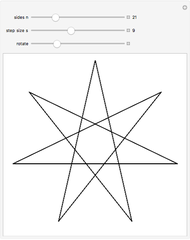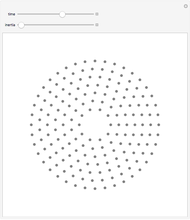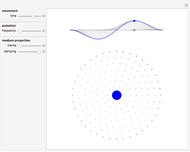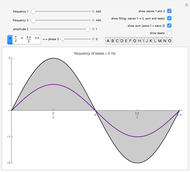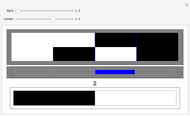Regular n-Gons as Polygons and Stars
Initializing live version

Requires a Wolfram Notebook System
Interact on desktop, mobile and cloud with the free Wolfram Player or other Wolfram Language products.
This Demonstration shows regular  -gons that can be convex polygons or stars.
-gons that can be convex polygons or stars.
Contributed by: Arthur Stammet (March 2011)
Open content licensed under CC BY-NC-SA
Snapshots
Details
It's an interesting job to look for all the pentagons and pentagrams and to take note of the relationships between the number of sides  and the divisor
and the divisor  (step size).
(step size).
The series of pentagons is  ,
,  ,
,  ,
,  , …,
, …,  , which are all equal to 5. Beginning with
, which are all equal to 5. Beginning with  , double the values of the divisor
, double the values of the divisor  in order to get pentagrams.
in order to get pentagrams.
The series of pentagrams is therefore  ,
,  ,
,  ,
,  ,
,  , …,
, …,  .
.
Permanent Citation







